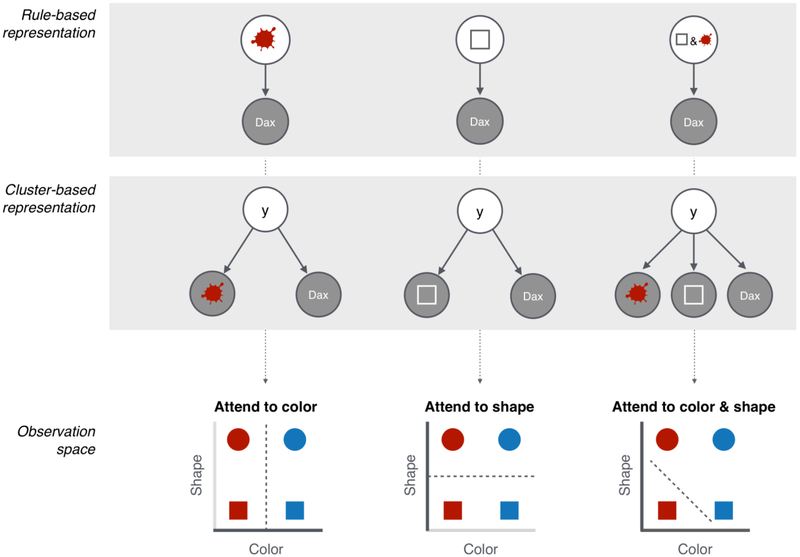Figure 1: Structure learning guides selective attention.
Rules inferred by probabilistic programming models (top row) or clusters inferred by Bayesian non-parametric models (middle row) lead to different perceptual distinctions in observation space (bottom row). Left column: if the agent infers that red objects are “daxes”, or that red and “dax” cluster together, then she can ignore shape and only attend to color when categorizing a stimulus as a “dax” or a “bim”. Middle column: similarly if the agent infers that squares are “daxes” (middle left), or that square and “dax” cluster together, then she can ignore color and only attend to shape. Right column: finally if the agent infers that red squares are “daxes”, or that red, square and “dax” cluster together, then she should attend to both color and shape.

